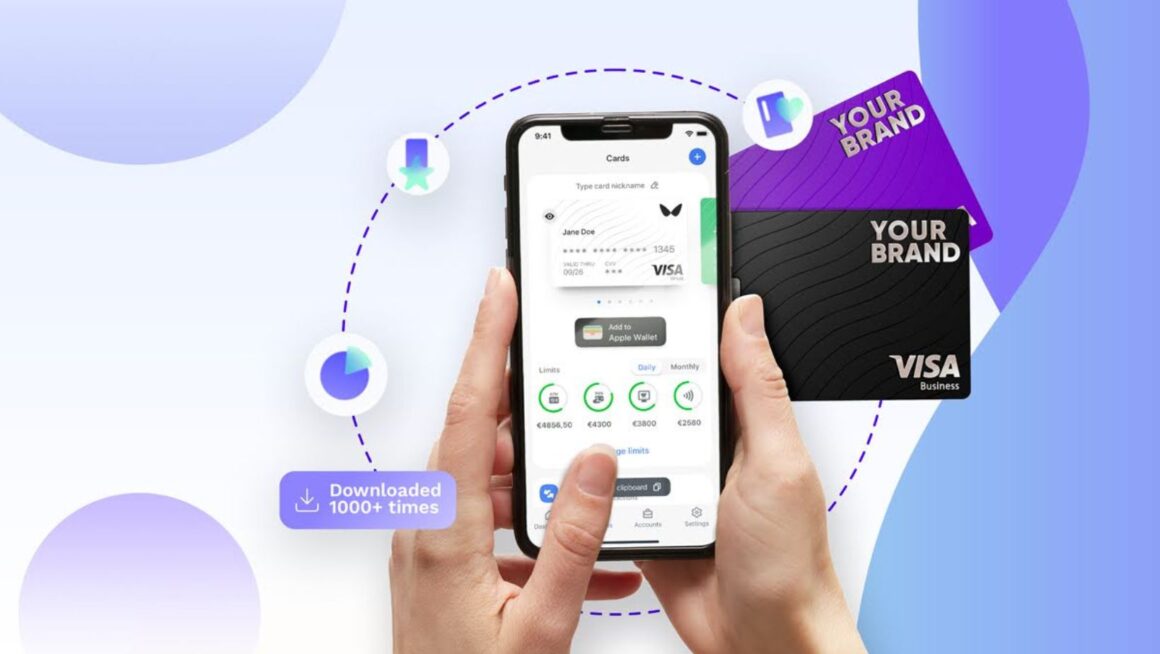In an economy where speed can make or break a business, delays in operational processes can result in significant financial losses. This is especially true for companies reliant on branded payment cards, where outdated issuance methods often mean weeks of waiting and layers of red tape.
However, a new approach is gaining traction: issuing and managing payment cards directly through mobile applications. This article explores how one company successfully transitioned to a high-tech, mobile-first solution for issuing white-label payment cards.
Before the Shift: Why the Traditional System Had to Go
Initially, the company followed a conventional card issuance workflow, which included:
- Card requests submitted through a desktop interface;
- Phone-based confirmations and follow-ups;
- Manual identity and compliance verification steps (KYC/AML);
- Limited ability to customize controls and manage cards centrally;
- Delayed card activation due to slow internal processes.
These outdated steps caused multiple friction points:
- Delays in processing payments;
- Increased operational overhead;
- Minimal real-time expense control;
- Dissatisfied users;
- Reduced team productivity.
Selecting the Right Tech Strategy and Vendor
To overhaul its financial operations, the company decided to adopt a mobile-based card issuing solution. It evaluated two primary approaches:
Option 1: Building a Custom Mobile Platform
This route offered extensive flexibility and the ability to tailor every feature — from security protocols to card usage rules. However, the drawbacks were clear:
- Significant development costs;
- Long development timelines with potential project delays;
- Regulatory hurdles, including the need to acquire card issuance licenses.
Option 2: Partnering With a Ready-Made White-Label Solution
This alternative promised a shorter rollout timeline, lower investment, and simplified compliance — especially since the partner would already hold the required financial licenses.

The downside? Less room for ultra-specific customizations.
The Final Decision
After weighing the pros and cons, the company opted for the white-label approach, partnering with Wallester — a card issuing platform that offered rapid deployment and strong configurability, with security baked into the core of the solution.
How the Integration Unfolded
The mobile card solution was rolled out in stages:
- API Preparation – Backend systems were integrated via APIs to automate card generation, activation, and data flow.
- Mobile UI/UX Development – A user-friendly interface was designed for easy navigation and on-the-go card management.
- Security Integration – KYC/AML procedures were automated, and biometric verification plus two-factor authentication were added.
- Testing & Optimization – Extensive performance testing was conducted, along with beta testing and fine-tuning.
- Launch & Feedback Loop – After rollout, a structured feedback mechanism allowed continuous improvement based on real user input.
App Capabilities: A New Standard in Card Management
Built in collaboration with Wallester’s white-label platform, the mobile app offered:
- Instant virtual card creation;
- Physical card orders in under a minute, with 1–3 day delivery;
- Customizable controls – Spend limits, PIN updates, and temporary freezes;

- Live transaction alerts for real-time oversight;
- Subscription management – Block recurring payments with one tap;
- Financial system integration – Export data to spreadsheets or accounting tools seamlessly.
The Impact: Tangible Business Gains
Adopting a mobile-first card issuance approach delivered clear improvements:
- 30% lower servicing costs for payment cards;
- 7% faster operations thanks to quicker issuance cycles;
- Cut card delivery times – from 7 days to 3 (physical), and down to 15 minutes for virtual;
- 50% drop in payment errors and fraud due to tighter monitoring;
- Stronger user engagement, positively influencing broader business results.
Switching to a mobile-based card issuing app enabled the company to eliminate bureaucratic bottlenecks and improve the user experience dramatically. By choosing to integrate a white-label platform instead of building from scratch, the business accelerated time-to-value while ensuring flexibility and security.

